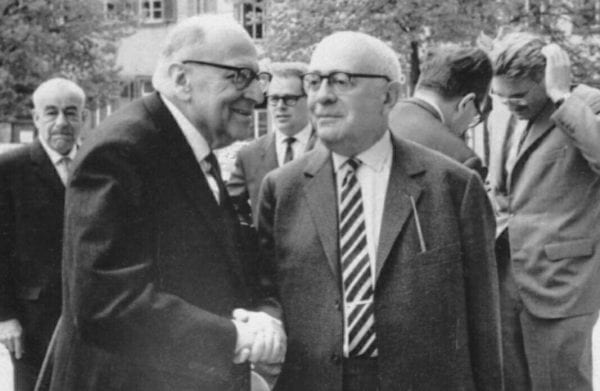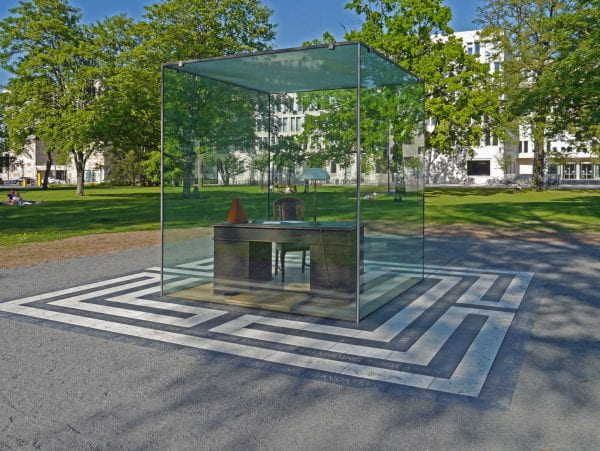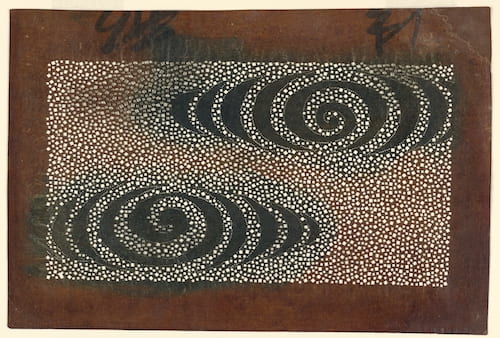Tag Critical Theory
Grant Wong interviews Charles H. Clavey about his recent JHI article, “‘The Stereotype Takes Care of Everything’: Labor Antisemitism and Critical Theory During World War II.”
By guest contributor Jonathon Catlin Nicolas Guilhot (Centre National de la Recherche Scientifique) spoke on his new book, After the Enlightenment: Political Realism and International Relations in the Mid-Twentieth Century (Cambridge, 2017) at the New York University Intellectual History Workshop on… Continue Reading →
By guest contributor Jonathon Catlin According to Ethan Kleinberg, historians are still living in fear of the specter of deconstruction; their attempted exorcisms have failed. In Haunting History: For a Deconstructive Approach to the Past (2017), Kleinberg fruitfully “conjures” this… Continue Reading →
By guest contributor Niklas Plaetzer Walter Benjamin never left Europe, yet his writings have had a remarkable impact on critical thought around the globe. As Edward Said suggested, the dislocation of an idea in time and space can never leave its… Continue Reading →
by contributing editor Disha Karnad Jani In Enzo Traverso’s Left-Wing Melancholia: Marxism, History, and Memory, timing is everything. The author moves seamlessly between such subjects as Goodbye Lenin, Gustave Courbet’s The Trout, Marx’s Eighteenth Brumaire, and the apparently missed connection… Continue Reading →







